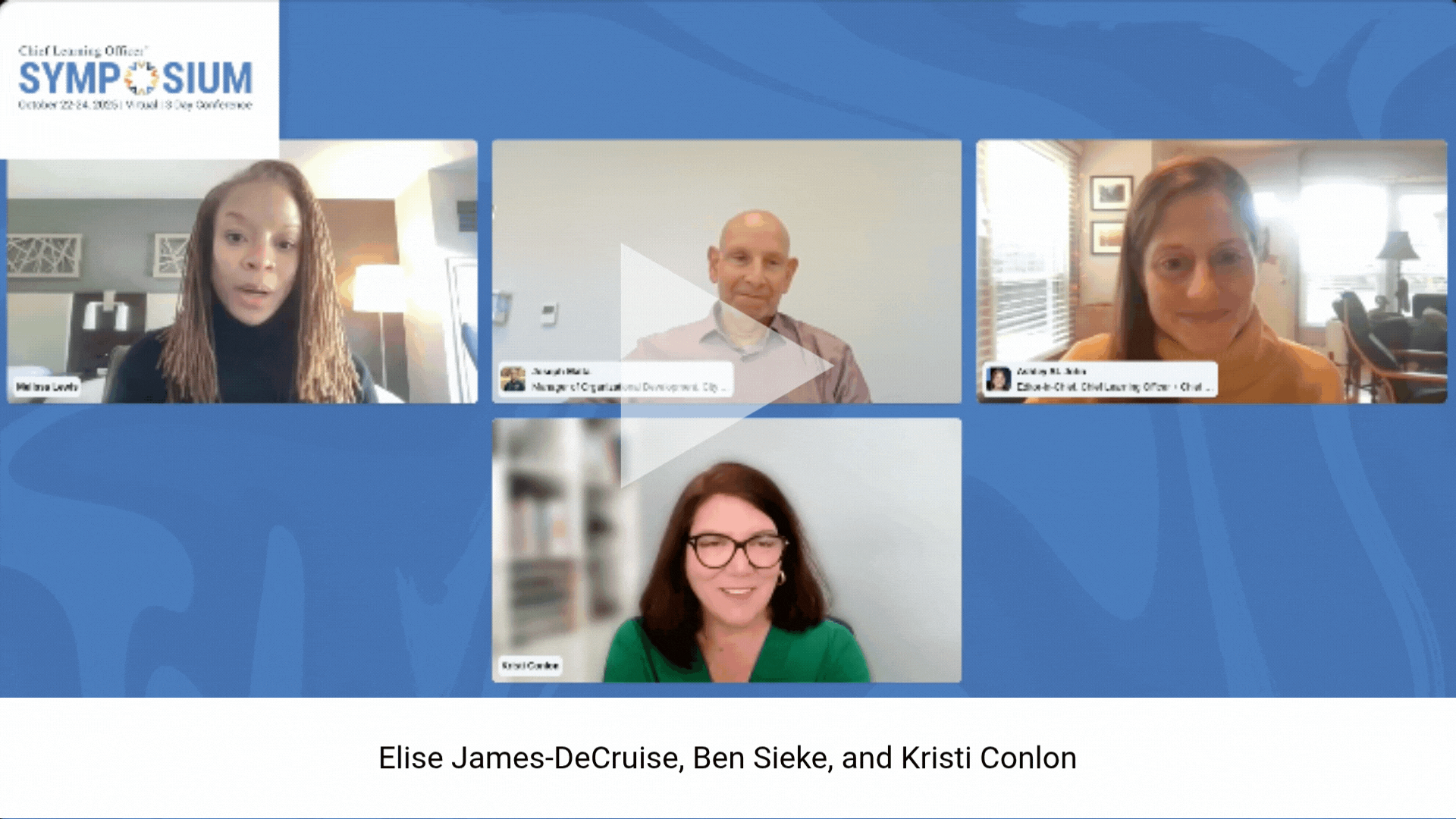Because of many factors such as globalization and immigration, the workplace of today, in which employees of different nationalities, ethnicities and backgrounds interact on a daily basis, is entirely different than that of 20 years ago. With this increase in heterogeneity comes the need for better diversity and inclusion (D&I) training.
Unfortunately, the benefits of these initiatives often are diminished by faulty delivery, according to a recent study by Novations Group, a global consulting firm.
Of the 2,500 human resources and training and development executives surveyed, 29 percent felt their organization did not provide the tools to reinforce D&I training, and 24 percent felt their organization did not offer the metrics to evaluate the training’s effectiveness.
“The findings should serve as a warning to both organizations and D&I program providers,” said Fred Smith, regional vice president of sales at Novations. “It’s the mistakes and shortcomings identified in the study that create ‘diversity fatigue.’ The best diversity training has moved far beyond the one-dimensional, feel-good event and today needs to be held to the same rigorous standards as other corporate training.”
To ensure D&I initiatives are successful, there first must be agreement in the C-suite as to why the organization is launching the program.
“Many times in working with organizations, I’ll ask: ‘Why have you decided that you want to do this?’” Smith said. “You will hear everything from the politically correct answers to, ‘The board told us to do it.’ [It’s] a mixed message.”
If there is not a clear mandate from the C-suite, D&I initiatives are more likely to fail because no one will buy into them, especially not middle managers.
“The middle-management group sees it as an add-on, something else that they have to do,” Smith said. “They’re typically not the ones who decide that it’s time for an organization to do diversity training. They’re caught in the middle, so the work has to be done with [them] because they have the greatest influence over the masses in most organizations.”
To get buy-in from employees at all levels, executives must illustrate how diversity training affects the bottom line and then implement the program with the same rigor as any other business initiative that’s imperative to the short and long term success of an organization.
“If it does not positively impact the bottom line, then there’s no point in doing it because it will not have sustainability,” Smith said.
Here’s one business case, according to Smith, for providing D&I initiatives: With the exodus of baby boomers, companies will have to widen their talent nets, hence hiring a more diverse population.
“[If] you attract persons who are different, but you don’t have systemic policies, practices and procedures [in place], those persons are not going to stay,” he explained. “It then becomes a turnover issue.”
The companies that are getting D&I training right are those that monitor changes in their customer bases.
“The further you’re removed from the demographic shifts that are taking place in the world, the less need you see for engaging in a D&I initiative,” Smith said. “Those that are closest to the consumer are forced to get it. They quickly recognize that if they are a globally based organization, their potential for growth may very well be coming from countries outside of the United States.”













